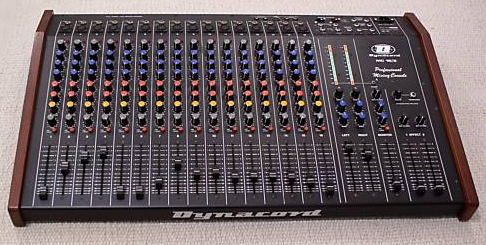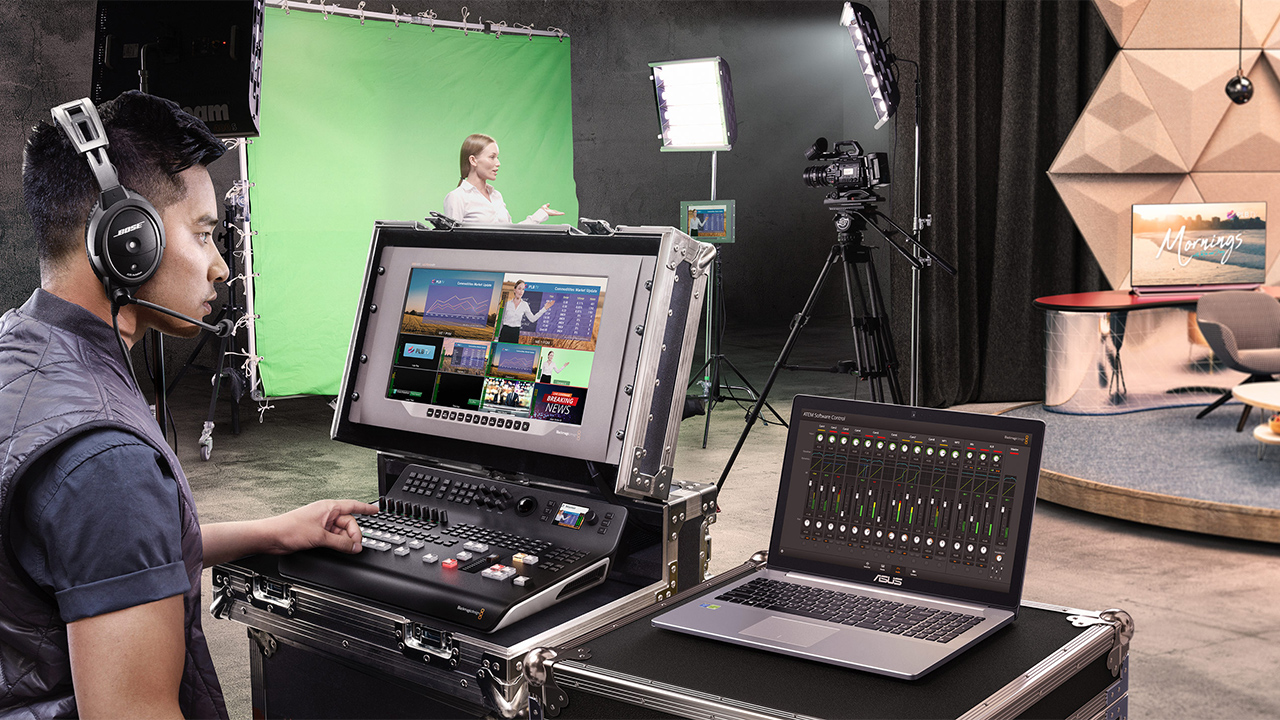
It’s important to periodically bypass the GEQ and see what it sounded like before you made any changes. You’re better off making small boosts at 63Hz, 80Hz, and 100Hz Don’t crank 80Hz up 12dB - that’s going to cause a feedback problem. It’s not very common to add frequencies using a GEQ, but if you do find the need to boost a certain frequency range, it’s better to do it with small, subtle boosts across multiple bands. Start with something subtle like 2-3dB, and slowly increase it if needed. Most GEQs have a dynamic range of +/-15dB, which is a pretty drastic cut.

There’s no need to totally gut a band over a little feedback.

When cutting frequencies on a GEQ, try to start subtle. Graphic equalizers are most commonly used to remove problem frequencies caused by the room. When using an analog graphic EQ, each band has a “Q” value of about 4 - relatively narrow notches meant for subtractive EQ. At first glance, they seem to have little rhyme or reason to which frequencies the bands control, but they’re broken down into 1/3 octave increments starting at 20Hz all the way up to 20kHz. The bands themselves have fixed frequencies. That might seem shocking if you’re used to the typical 4 band semi-parametric EQs on most live sound consoles, but GEQs have a very different purpose. Most graphic equalizers (or GEQs) have 31 bands. Having said that, common reference tracks include songs by Steely Dan, Toto, and Peter Gabriel, while my personal favorite is Let’s Groove by Earth, Wind, & Fire - that kick drum is perfect! Graphic Equalizers *Author’s Note: It’s far more important that you use reference tracks that you’re familiar with, rather than tracks other engineers are using. If you do notice any problems, take note of the original EQ curve (so you can reset it at the end of the night), flatten it out and start over. As the ancient proverb says “Never judge an engineer by the curve of their graphic equalizer.” Either way, it’s always important to listen first and spin knobs second. Maybe they had no idea what they were doing and they just made a smiley face on the graphic EQ. Maybe whoever tuned the PA last did a pretty good job and you don’t actually need to make any adjustments. Is the low end overpowering? Do any particular frequency ranges stick out? Is there anything missing from the mix? Walk around and see what it sounds like up front, way in the back and over at the bar.

Get a feel for what your reference tracks sound like in this room compared to your studio, home stereo, car, etc. It doesn’t do you as much good to check the system with Thriller if you’ve got a Norwegian black-metal band coming in. It’s especially helpful if the tracks are in a similar genre to the bands you’re mixing that night. Start by testing the system with a few high-quality tracks that you know really well. The key to a good sounding show is a good sounding room, but if you don’t have one of those, you can try to fix a not-so-good sounding room by using a graphic EQ to “tune” the PA system. Unfortunately, most of your first gigs will be in small spaces with minimal acoustic treatment, a bargain analog console, and a rack of graphic equalizers.

The room itself has probably already been tuned by a trained acoustician as well.
Mixing live sound outdoors pdf full#
Now, if you’re mixing a show in a one thousand capacity concert hall, you’re most likely using a state-of-the-art digital console with full parametric EQs to fine tune your mix. Others are dingy bars with a half-working PA and literally no acoustic treatment whatsoever.Įither way, the show must go on and it’s your job to make it sound as good as possible. Some are gorgeous concert halls with ornate architecture and elaborate acoustical considerations.


 0 kommentar(er)
0 kommentar(er)
